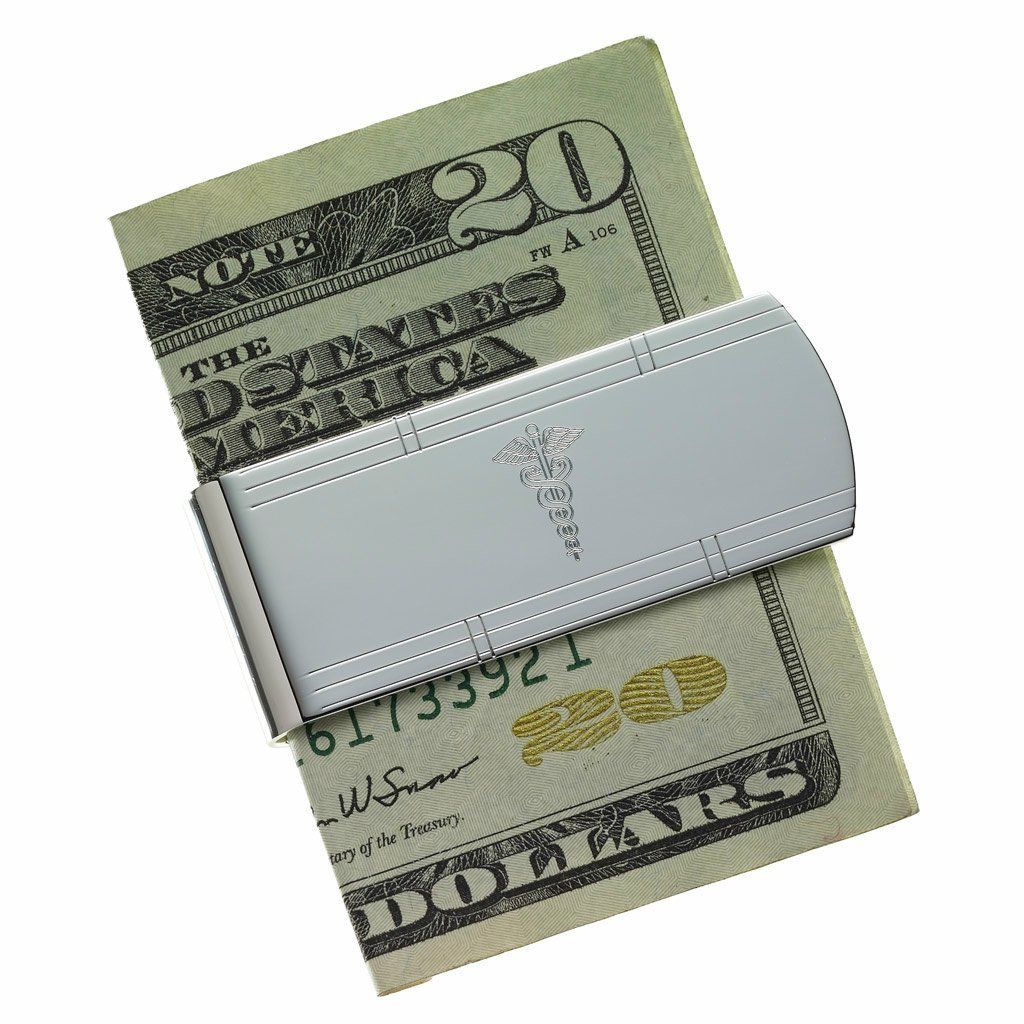What is Passive Income? Passive income is when you’re able to park your cash and watch it grow. Of course, that would apply for a slow-gaining “investment” such as a Money Market account or a CD but neither will make you very wealthy. My ultimate favorite passive income investment vehicle is multifamily cash flow properties. I love this kind of investment strategy just because it can weather the storms of any group of economic conditions simply because people always need a place to live. MHPs (mobile home parks) also fall into the multifamily category.
By just how, be careful if you’re planning on buying SFRs. 30,000, preferably all cash where no home loan comes into play. Getting the cash for these deals is where my Aggressive Income Strategies is necessary. When mortgaging a huge amount of SFRs, you can easily get into trouble when the overall economy requires a dive and you’re stuck with several non-paying renters as long as you’re on the hook for the mortgage. Another type of asset course to consider are MHPs.
- You are a company director
- College Focus says
- 25 National Home Products, Inc., 71 T.C. 501 (1979)
- Fixed interest securities (also called bonds) – you loan your money to an organization or federal government
- You pay 20% basic rate tax for any income between your personal allowance and £45,000
- Client’s software in their letterhead
The unique (and nice) part about this investment are something called “complete pass-through” when switching your parks into something called “resident-owned” which essentially means the tenant has his own mobile home unit. This means he has to handle 100% of all maintenance problems and issues with his unit.
You handle the lands which means maintaining landscaping and functioning infrastructures (like the sewer system, electric, etc.). You get a “pad” or “space” lease from each tenant and leave behind the headaches of traditional property management which includes maintenance issues. You can even invest in commercial-commercial properties (office buildings, retail storefronts, and industrial/warehouse) for a good monthly passive income.
The nice part about this type of investment is that you can get Triple Net (NNN) or pass-through on your expenditures including maintenance, utilities, insurance, management, and fees by transferring these expenses onto your commercial tenants who are companies. The problem with this kind of asset class is that it generally does not weather the financial storms very well and have a tendency to do poorly during a financial crisis because it is now time when businesses go bankrupt. It’s suggested that significantly less than 10% of your overall real estate investment portfolio consists of commercial-commercial investments.
Your very maximum would be 25% of your investment-stock portfolio. How should you get started trading using my Passive Income Strategies? It is advisable to choose an asset class that you like. I have several courses from investing in apartment buildings to self-storage units. It’s critical that you choose an asset class you come with an affinity for before you begin investing as a new real estate investor.
100 million in another. 200 million. Because of this type of collection, various other budgeting strategy may be more attractive. One solution is to include a required margin, to be committed to a riskless security, and state losses and gains as percentages of this margin. This may suffice for a fund which uses few such investments but is significantly less than satisfactory for funds and institutions that utilize large short and long positions. In recent years hedge funds and financial institutions with multiple trading desks are suffering from and applied a different method of this issue.

